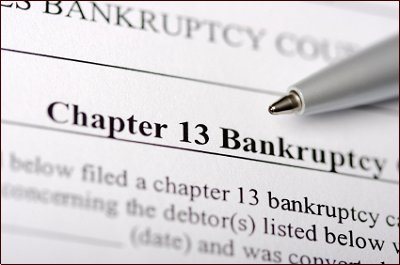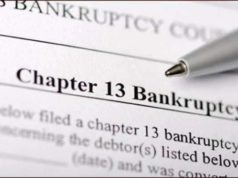
While the decision to file Chapter 13 bankruptcy may be encouraged by the U.S. Courts relative to other options, this is not a wholesale endorsement on the part of the Federal Government. Even if the numbers are relatively low for individuals who file Chapter 13 compared to Chapter 7, Chapter 13 bankruptcy is still responsible for the second most filed bankruptcy cases in the United States.
In addition, as of late, the rates of those who file Chapter 13 bankruptcy are climbing year by year. Only in 2006, applications for Chapter 13 bankruptcy totaled less than 300,000 and, if trends continue, will extend above 400,000. The redeeming idea in all of this is that filings under Chapter 13 are not increasing as rapidly as with other forms of bankruptcy (e.g. Chapter 11).
Statistical analysis on a regional front reveals other ways in which Chapter 13 distinguishes itself from other divisions of the Bankruptcy Code. While the “norm” usually indicates that most domestic bankruptcy cases are handled by the Ninth District Court (California et al.), more people file Chapter 13 with the Eleventh Circuit Court (Alabama, Florida, Georgia) than others.
As for the lowest figures, while the First Circuit Court (i.e. New England) usually has this honor, for individuals who file Chapter 13 bankruptcy, it is instead the Second Circuit Court (Connecticut, New York, Vermont) that earns this prize, though the First is not far off.






















